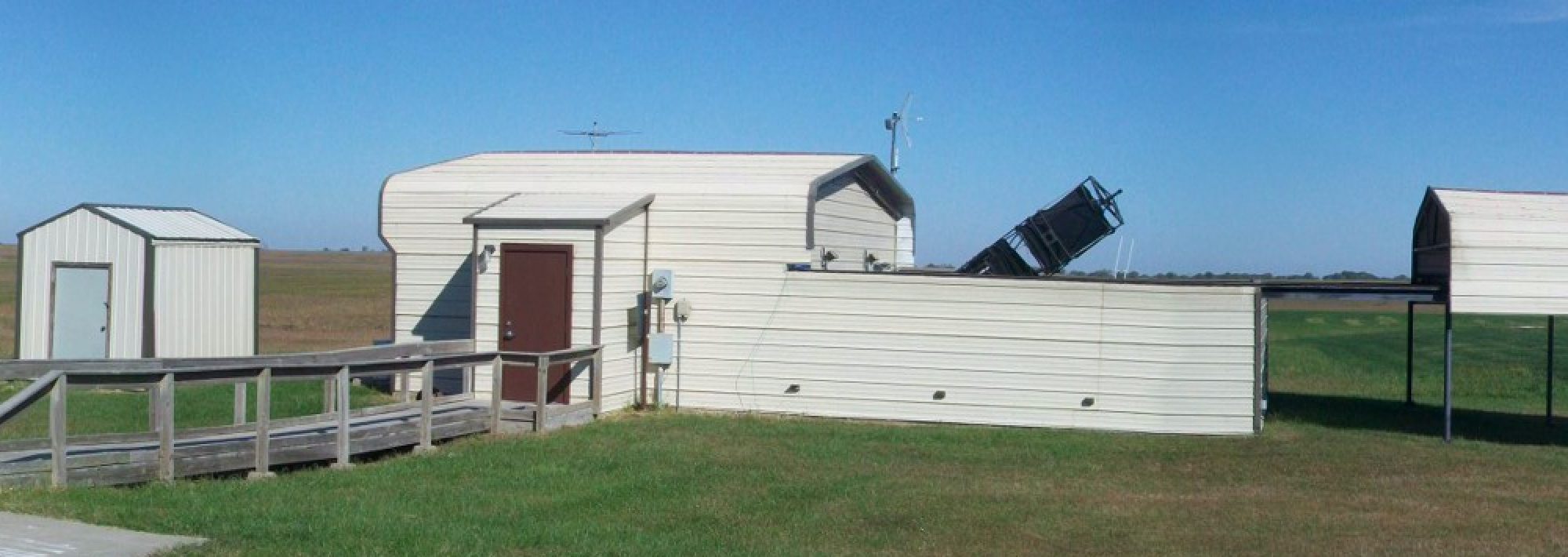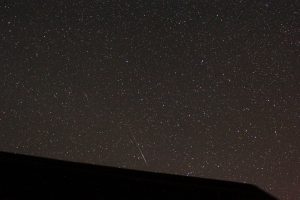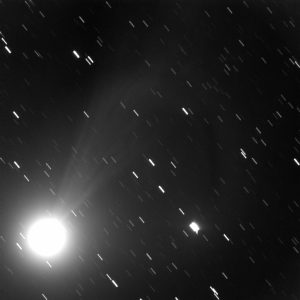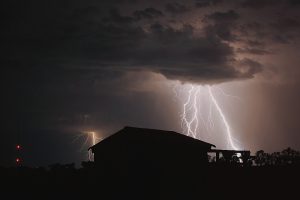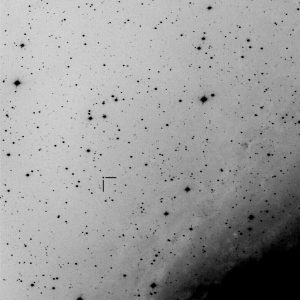89th street will be closed for several weeks. To reach Farpoint, most routes lead through the town of Dover.
There are several ways to get to Dover:
1. Use I-70 West and follow the K-4 detour signs, which take you to Valencia Rd (exit 350), then back to K-4. Stay on K-4 until Dover shows up then follow the Dover to Farpoint directions below.
2. Take I-70 west to Carlson Rd (exit 346) and go South to K-4 highway. Jog left on K-4 a short distance to Dover, then follow the Dover to Farpoint directions below.
3. (Dirt roads involved) Take Auburn Rd South to 37th, turn West and drive to Hays Rd. Follow that North to K-4 and take K-4 West to Dover, then follow the Dover to Farpoint directions below.
4. Take I-70 West to Keene-Eskridge Rd (exit 342) the South to K-4. Take K-4 West (turn right on K-4) until you reach Mission Valley Rd, where there is a big Mission Valley sign. Take Mission Valley Rd East to Bodark Rd, then North to Farpoint.
From Dover to Farpoint
From Dover go south on Docking Rd which winds around and eventually reaches 89th, aka Harveyville Rd. Drive west on 89th a couple of miles where 89th curves South. Follow a couple more miles to Mission Valley Rd, then West to Bodark and North to Farpoint.

